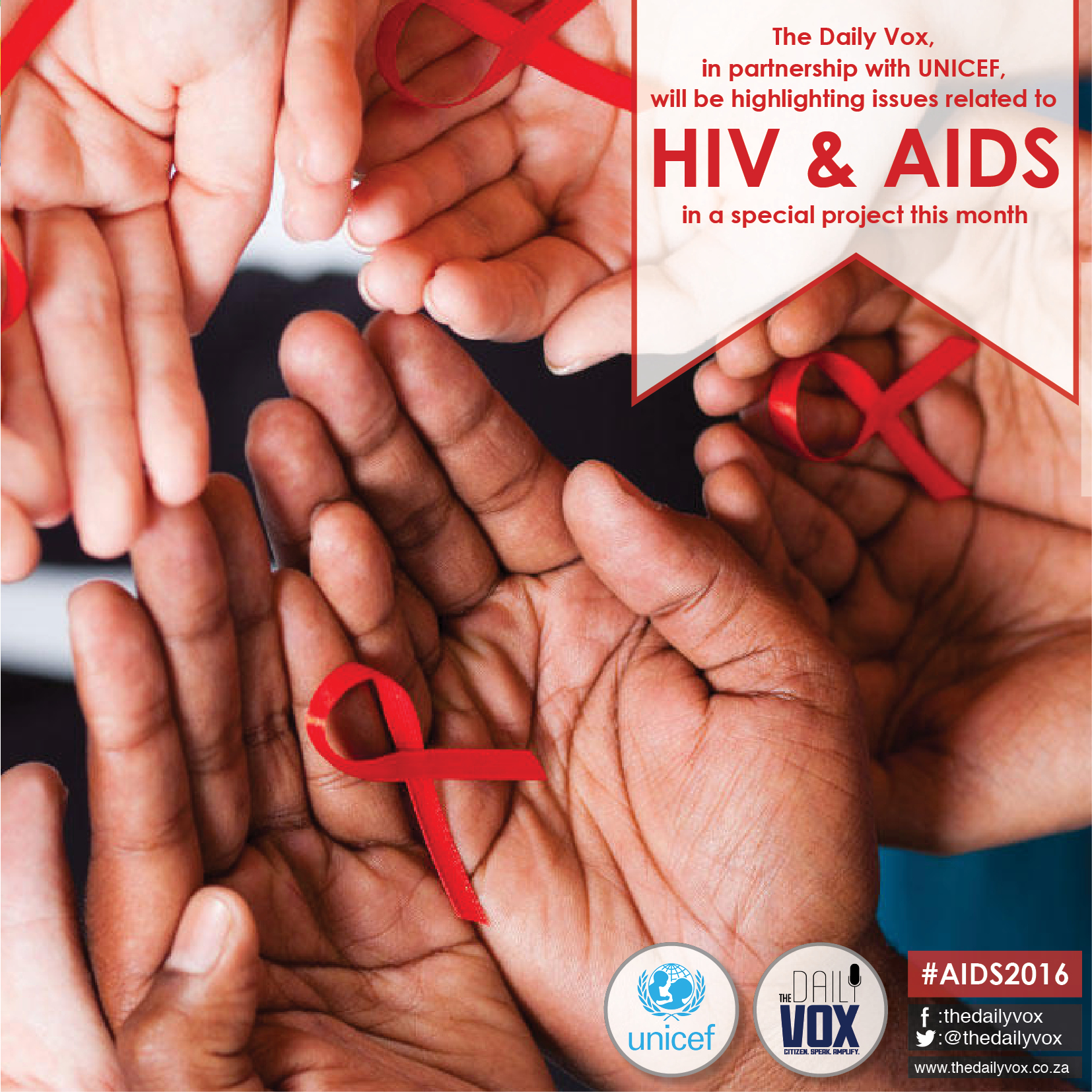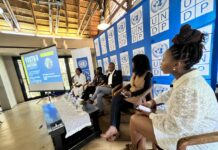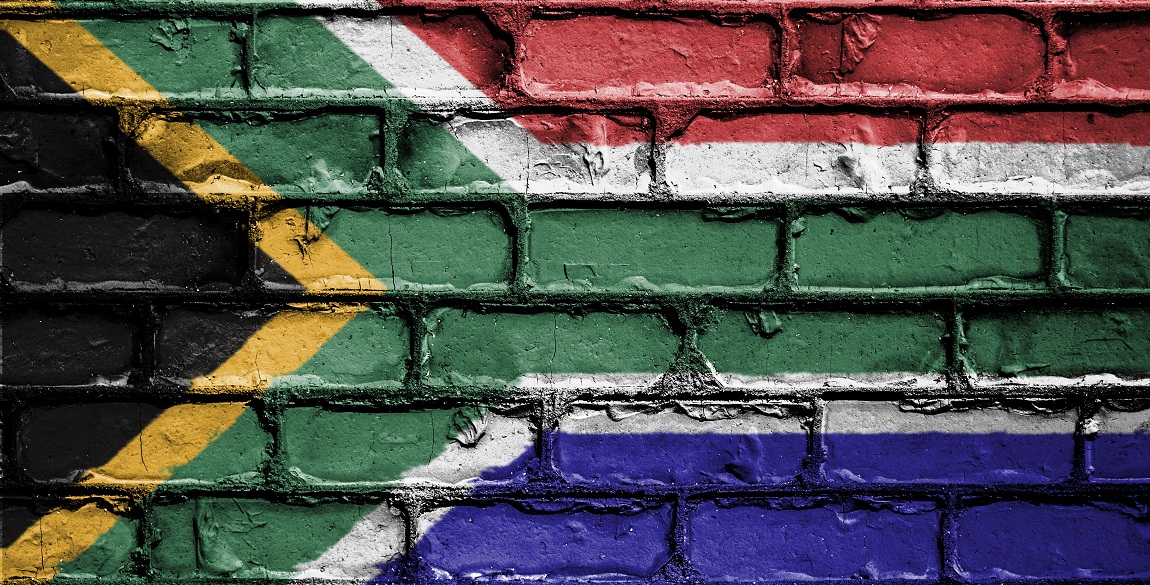In Namibia, as elsewhere, SIYANDA MOHUTSIWA finds that the structural problems must be addressed to resolve issues related to HIV/AIDS.
First, the Namibia of my imagination: a paradise of cheap, German-style beer, and gin-soaked trips to Swakopmund. Images of my friends at university, rolling down sand dunes and then dirt-biking it to the beach. Facebook memories.
Second, the Namibia of history: a neighbouring country to my native Botswana that had suffered a number of misfortunes. The genocide against the Herero and Nama by the German Empire being one of the world’s first known systematic attempts at extermination.
The Namibia of my experience would happen vividly in my short time there last month, as a special UNICEF youth reporter on HIV/AIDS. It would erase the first two Namibias completely, so that from now until forever, I would associate Namibia with solutions. Specifically, young people’s solutions to young people’s problems.
Let us start with AFRIYAN, a network of youth-led NGOs tackling issues such as youth unemployment. A big table in a small office at the brand new Namibian Youth Council in Windhoek. Around it are myself and the team from AFRIYAN. Their acting vice president tells me about some of the work that they do, with young women in disadvantaged parts of the country, training them how to do job interviews and write resumes, in order to gain more confidence in the job market. As it turns out, not only women are interested in this training. Their husbands, fathers, and brothers attend too, to gain the very same skills. The AFRIYAN team made me realise that we have to keep coming at the problem with fresh eyes – that working on old assumptions would lead us nowhere, a truth applicable to so many things.
Removing obstacles
As a hardcore pan-Africanist, I often make the mistake of assuming similarities, when the differences can be most telling. The UNICEF Namibia briefing when I first arrived in the country showed me the specific issues young Namibians faced, in contrast with young South Africans, Swazis, or Batswana.
For one thing, Namibia has a 19% teen pregnancy rate. And young men do not get tested for HIV as much as they should be. I am also told that, traditionally, girls have not had the same access to information as boys. This is something people are trying to change in Namibia.
Enter Galz & Goals – a group of girls who play football on weekdays after school and who have now reached international heights. I deliver you a confession here: I’ve never been very good at sports. Actually, I’ve never not been anything but really bad at sports. So when the girls offered to teach me a couple of moves, I had that feeling I remember so well from PE class: sheer terror.
Luckily, that disappeared very quickly, as the girls turned out to be very humble about their talents. Although many have played internationally for the Namibian women’s football team, they wanted me to know how this little pitch in the middle of Katutura, Windhoek’s largest township, had sculpted them into real women of substance, proud of themselves and of the healthy lifestyle they had adopted thanks to the Galz and Goals programme. It is not just about building talent on the field, but creating a safe space for young girls to receive critical life lessons.
“Instead of doing things like drinking, and other things, I know I have to come to the pitch the next day so I have to plan properly,” said one of them. Another is soon heading to a private college in the USA on a football scholarship. When you have a goal in life, and are shown a way to achieve it, you will want to avoid anything that gets in the way, such as compromising your health in this case.
Power of telling stories
Though decreasing, Namibia’s HIV prevalence is still very high at around 17%, and the challenges for young people and HIV abound here. But what most interested me were the Namibian solutions.
“Don’t Kiss and Tell” a TV program produced by young Namibians for young Namibians, was living proof of wanting to cast a fresh look at old problems. The show features storylines that seek to debunk ingrained myths about HIV and AIDS: the main one being that it is some sort of punishment for “badness”. They do this by telling the stories of various different characters “so that everyone would have someone to relate to.” The TV show is a big success, with an audience from all over the continent. This show is encouraging conversations about important and sensitive subjects, such as reproductive health and sexuality. The power of storytelling is universal and undeniable.
And then there was Lyvie, one of the first young Namibians to talk openly about her HIV+ status and one of the youngest mayors in Namibian history. Lyvie took over a small town that had very little to offer its people by way of employment opportunities and access to civil benefits associated with the capital. She told me of her challenges and triumphs. But most sobering was what she shared about intergenerational and transactional relationships, a topic familiar to too many of us.
“A lot of these young girls don’t have a choice. It’s not about getting a weave or luxury goods. Most of them don’t even know what Louis Vuitton is. It’s about putting food on the table: surviving,” said Lyvie. “I’ll never forget what one of them said to me: “If I could afford my own pads, I wouldn’t be doing this.”
And there in came another solution: the government has to take a bigger role in providing basic necessities for young girls so they are removed from desperation.
From my time in Namibia, I took home stories that need to be told and fresh solutions that need to be considered. This may not be a country many of us know very well, but the young ones here are not swayed. They have a path ahead of them, and they clearly want it to lead them to better places. One step at a time.

![HIV AIDS sign flickr [slider]](https://www.thedailyvox.co.za/wp-content/uploads/2016/07/HIV-AIDS-sign-flickr.jpg)








